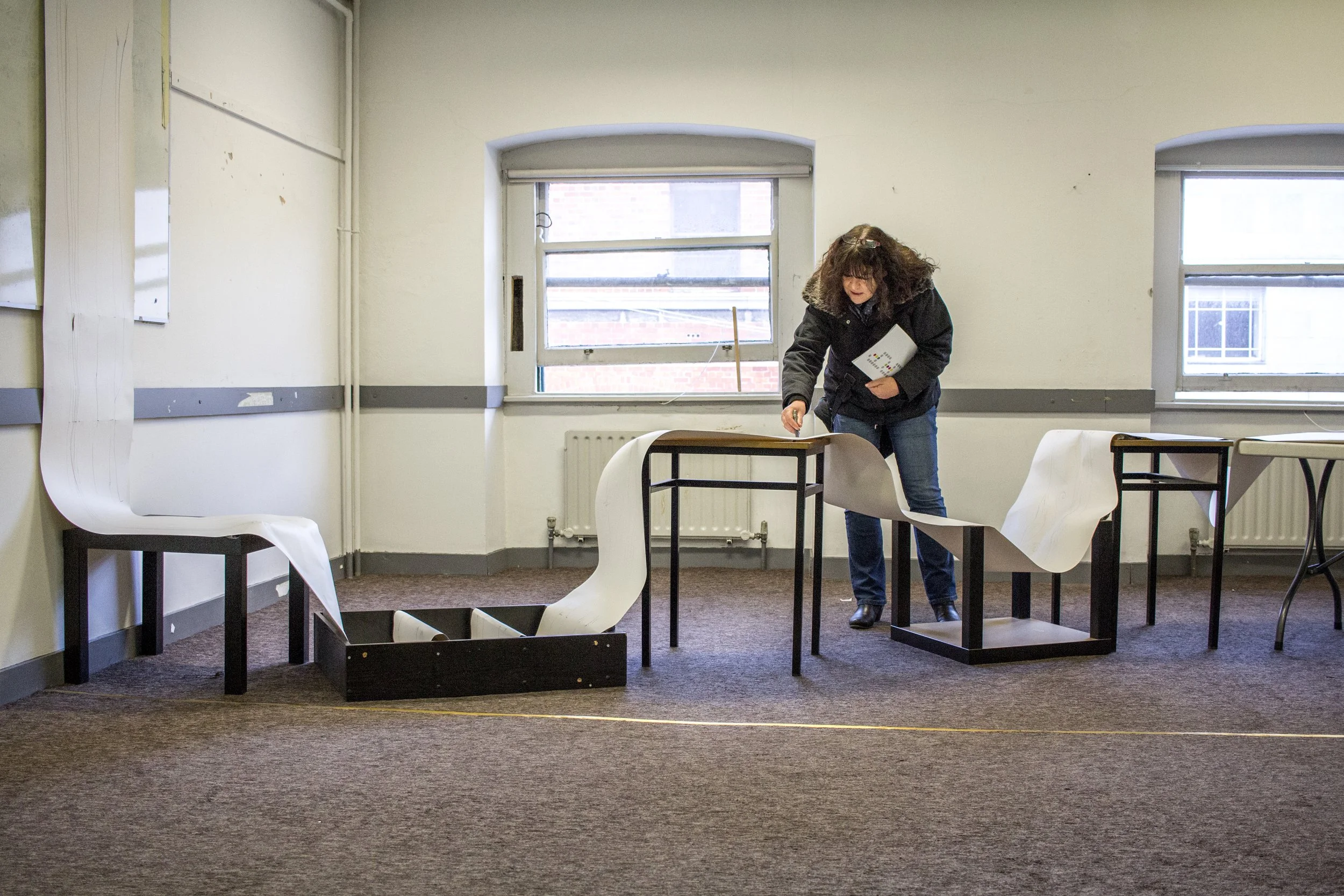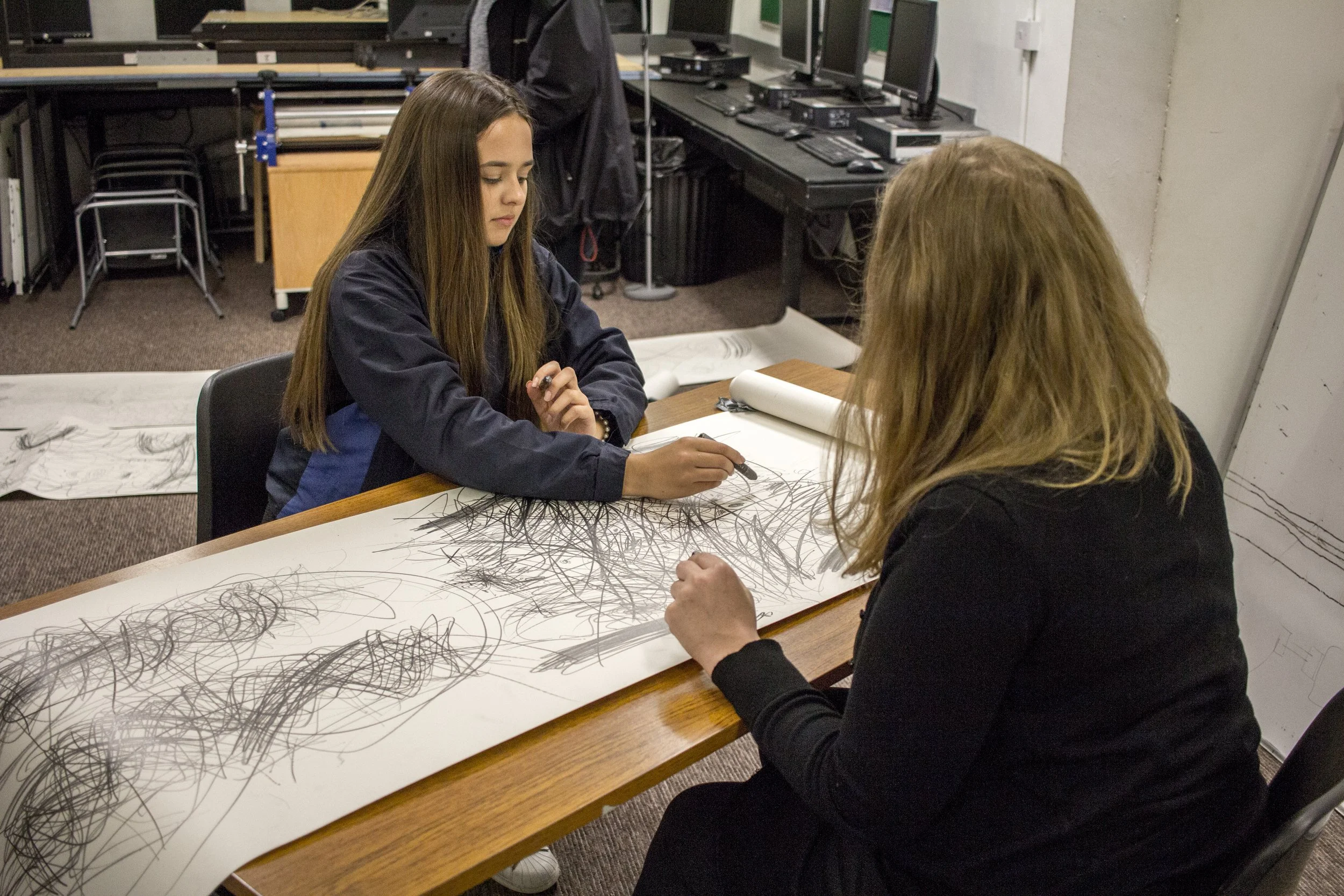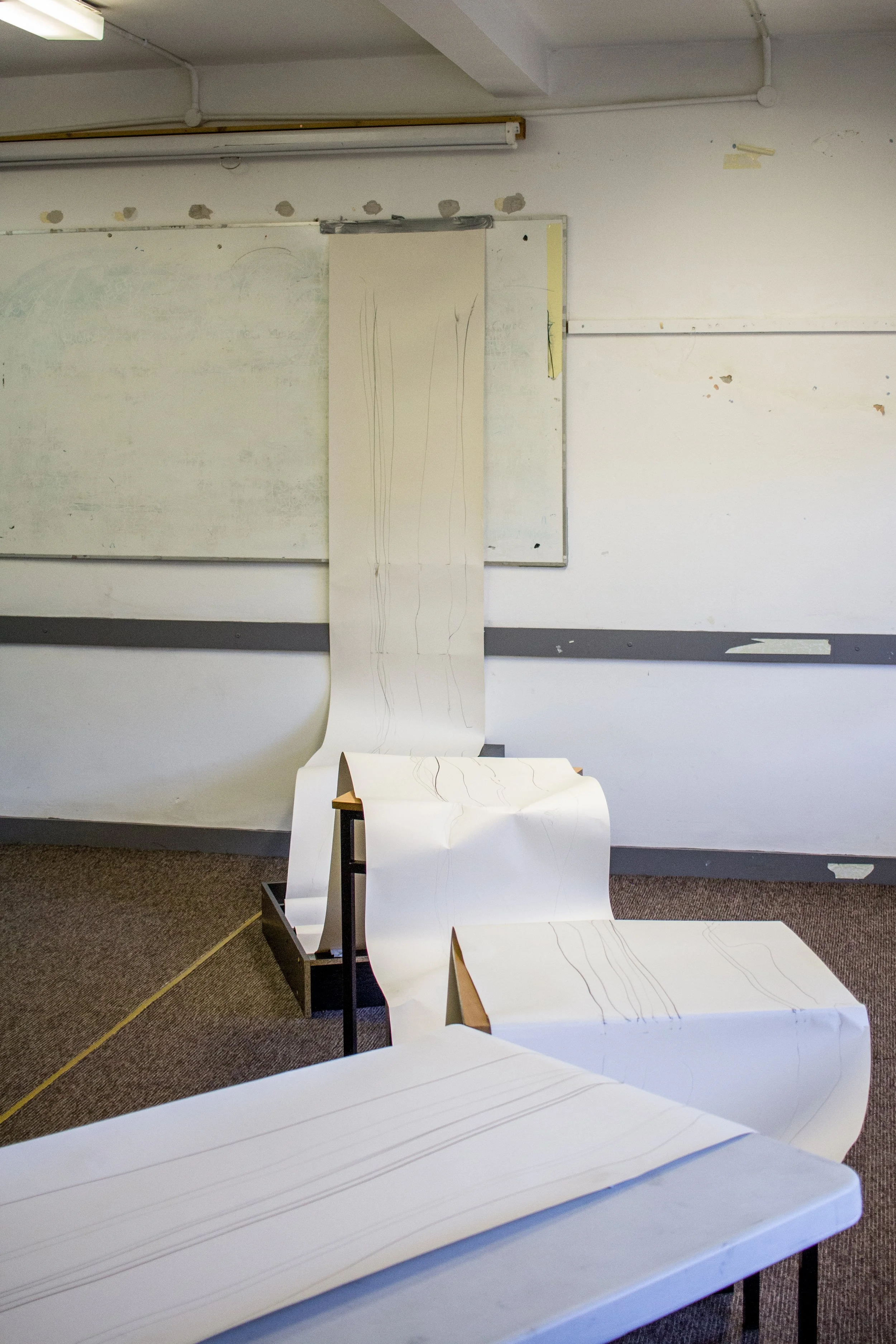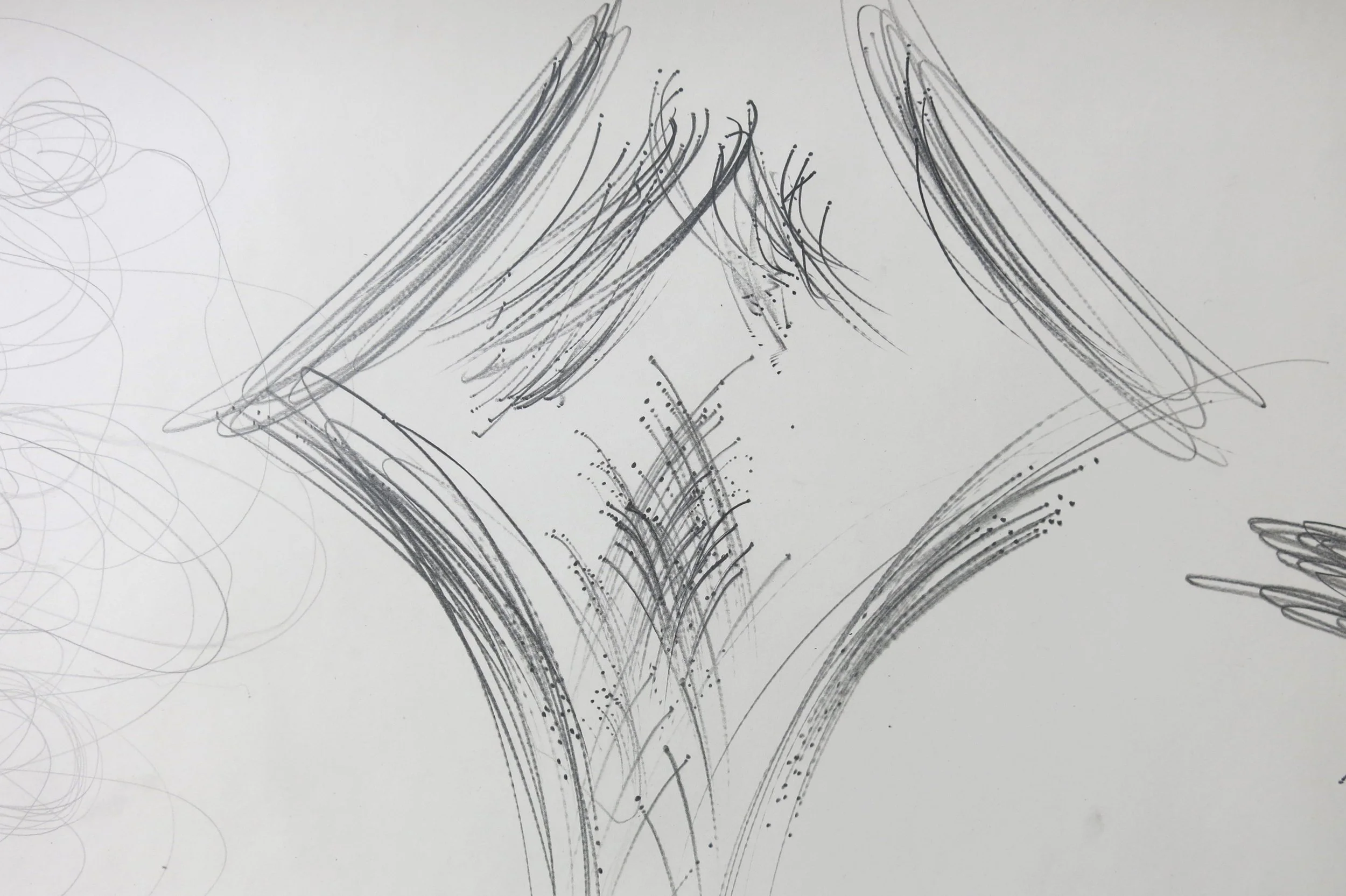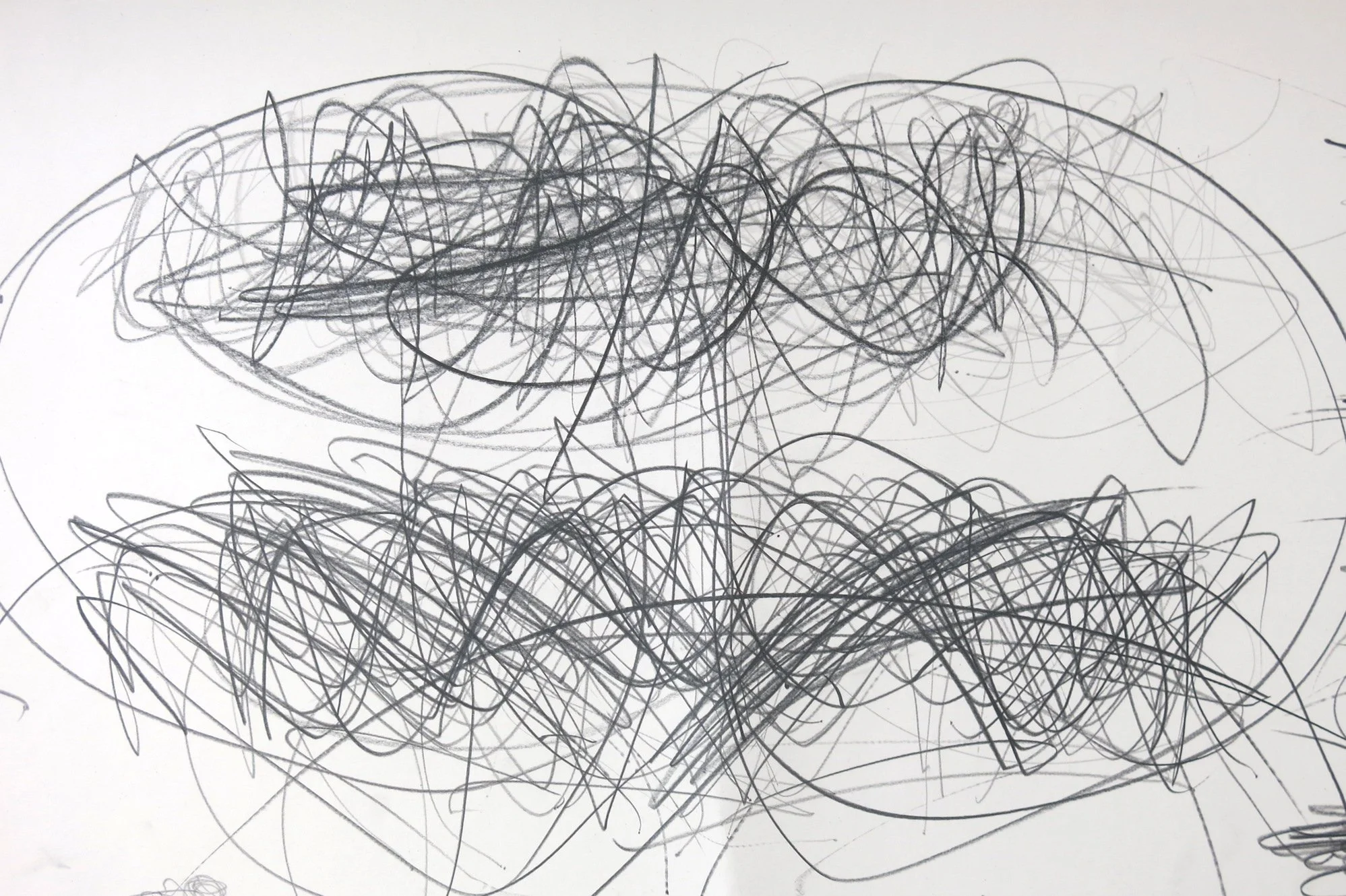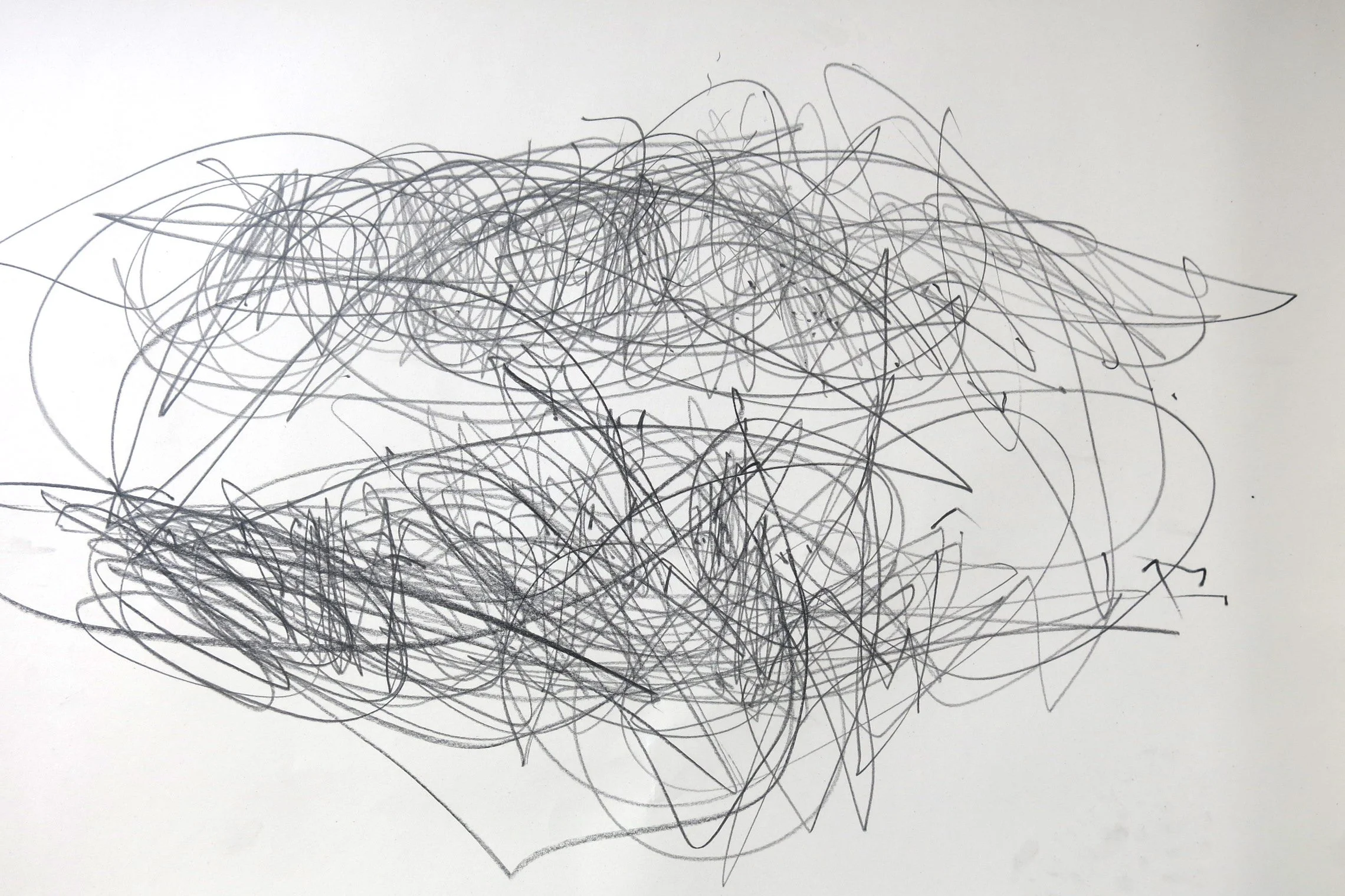D R A W I N G C O N V E R S A T I O N S
Migration From Burdens To Opportunities,
Centre for Creative Practices, 2017
Participating arts practitioners: the late Eleonor Lawler, Mirjana Reneduzic, Csilla Toldy, Mark Lawlor, El Putnam, Kiera O’Toole
As a returning migrant after ten years of residing in Australia, my experience as a “liminal personae” is continually explored through my practice and lived experiences. My migrational experience is triggered by the presence of my husband and son who are both Australian, by the constant comparison of the weather, living conditions and by the slight Australian twang that resides in my accent. Being an insider and outsider of one’s own culture is challenging. I returned to a vastly different economic, cultural and artistic landscape from the one I emigrated from. My practice is informed by my cultural and aesthetic heritage and by my migrational experiences and builds upon ten years of exploring the notions of migration and national identity. From the position of a migrant, this research includes my MPhil (fine art) which translates the embodied experience of migration and is a critical reappraisal of ‘Irishness’ to uncover new meanings into the West of Ireland as legacy of an Irish national identity.As a global contemporary phenomenon, migration might be said to be a transient, transcultural and displacing experience. The notion of being an insider and outsider is further developed through the ‘performance’ as a personal and shared experience. Although it is impossible to fully share subjective experiences, the ‘performance’ drawing will act as an interface for public participation. The ‘performance’ does not address the representation or stereotypes of migrants nor the geopolitics or cultural aesthetic productions and how this might be culturally benefit to the host nation. This is not to deny migrants their cultural agency, rather the ‘performance’ invites individuals to participate in creating a holding space for transitional experiences. By removing the hierarchy of the artist who is an Irish national born citizen, any perceived power struggle maybe displaced between artist / audience and national / non-national and instead accommodate a shared experience of co-authorship that is enacted through drawing.In this performance, I engage in the idea that drawing can transverse across cultural borders and converse through visual form. Drawing as a non-linguistic and experiential way of perceiving acts as a catalyst for participation and as a recording of the potential phenomenological connections between myself and the participants. Drawing reveals the history of it’s making through drawings’ characteristics: immediacy, intimacy and modesty of means and is the recording of the drawers’ thoughts which in turn confirms the presence of self in place. Hand drawn lines ‘migrate’ over the drawing surface tracing the residual marks left behind by participants. Likened to Australian artist, Ian Howard’s ‘wall drawings’, the scale of the ‘performance drawing’ correlates to the surface and structure of the space and transforms the ‘performance drawing’ into an installation as the viewer becomes a participant. The resulting collaborative drawing is the visible embodiment of lived experiences and of visual conversations developed between artist, viewer, materials, time and space.
